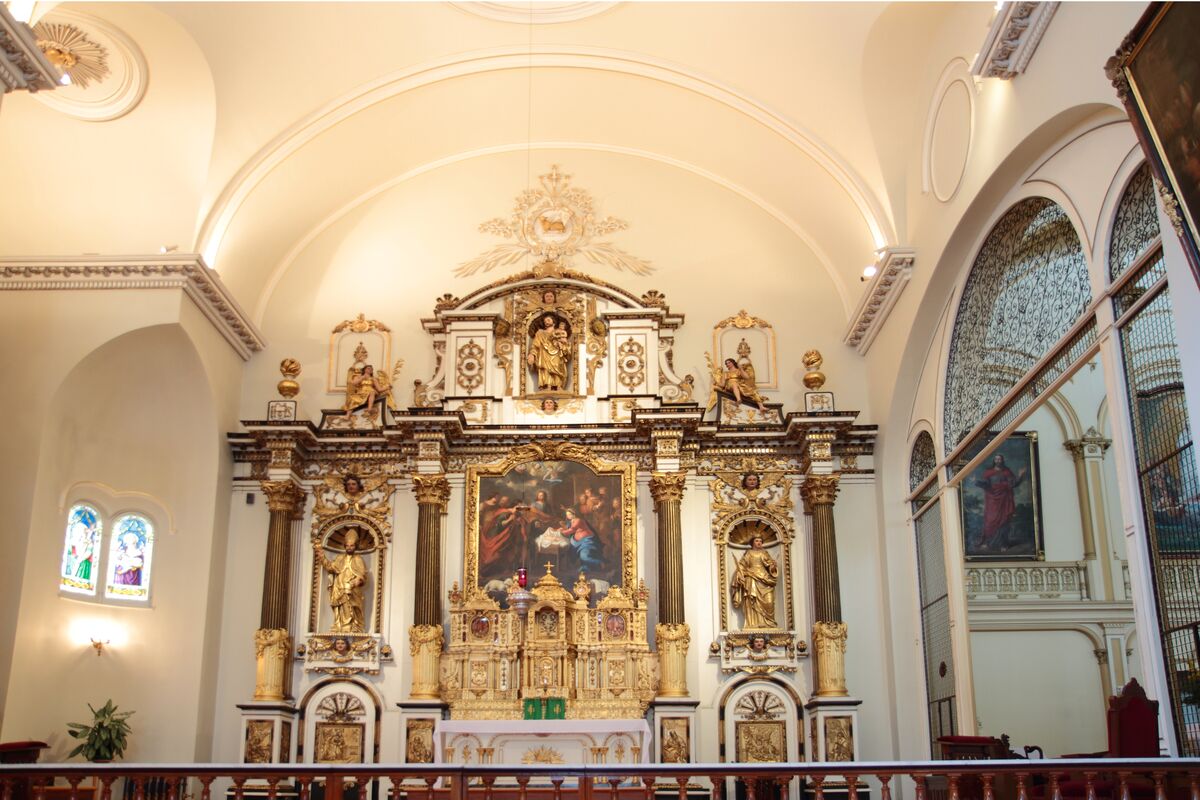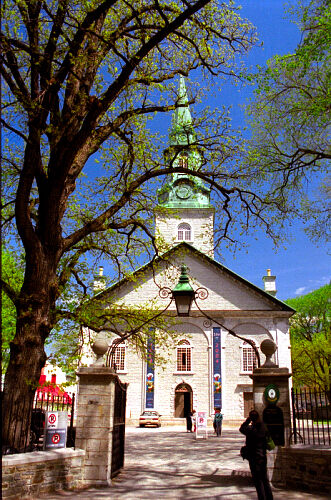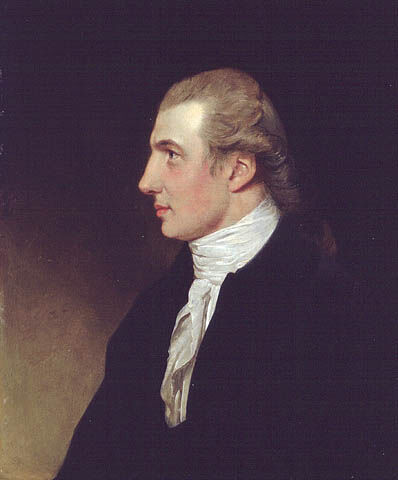The Catholic Church’s presence in the Province of Quebec had been threatened since the War of the Conquest in 1760. The change of Empire brought a change in the territory’s official religion, from Catholicism to Anglicanism. In the Royal Proclamation, the British Crown prohibited tithe collection and prevented the Catholic Church from appointing a successor to the bishop during the time of Conquest.
Despite these difficult circumstances, the Catholic clergy maintained its important role in society. After the Quebec Act was adopted in 1774, the Catholic religion was still widely practised by the Canadiens and the clergy managed to join forces with the British administrators, who had learned to take advantage of the clergy’s influence over the colony’s Francophone habitants.
The number of Catholic churches in the territory increased after the War of the Conquest. Throughout the St. Lawrence Valley, habitants living in a seigneurie also belonged to a parish, which allowed them to participate in their community’s Catholic spiritual life. This was also the case for those living in cities.
Religious communities from the French Regime had different experiences during the Empire change. After the War of the Conquest, the British prohibited the Récollets and the Jesuits from accepting new members. Since these two communities could no longer replace their members following a death, for example, they fell apart in the latter quarter of the 18th century.
Buildings that belonged to the Ursulines were destroyed during the War of the Conquest. However, they later established cordial relationships with British authorities, allowing them to act independently.

The Ursulines Chapel
The Anglican religion became the Province of Quebec’s official religion following the War of the Conquest, even though very few practised it. After the Constitutional Act of 1791, numerous measures were adopted to ensure the Anglican Church’s expansion in the colony, especially in Lower Canada where the population was mainly Catholic.
Anglicanism is a branch of Protestantism. Protestant religions reject the pope’s authority. King of England Henry VIII founded Anglicanism after the pope refused to formalize his divorce.
The first Anglican diocese was founded in North America in 1787. Established in Nova Scotia, it covered the territory of Quebec, Prince Edward Island, Newfoundland and Bermuda. Six years later in 1793, a diocese was established in Quebec. Its headquarters, the Cathedral of the Holy Trinity of Quebec, was established in 1804. This was the first Anglican building of great importance outside the British Isles.

Cathedral of the Holy Trinity of Quebec
Like in England, the bishop of Quebec sat on the Legislative Council in Lower Canada. This gave him an important political role, which helped him to establish the Anglican religion in the colony. The Anglican diocese of Quebec’s first bishop, Jacob Mountain, had to limit the Catholic Church’s power in the colony since the majority of the population was Catholic.

Jacob Mountain, First Anglican Bishop of Quebec
The authorities granted him 1/7 of the lands divided into townships in Lower Canada to financially support the Anglican Church and enable it to become established in the colony. Thus, the Anglican clergy took ownership of more than 900 000 acres of land in Lower Canada, with even more in Upper Canada.
Religious communities had been responsible for education and healthcare for the colony’s habitants since its beginnings. Due to difficulties, very few hospitals and schools were accessible at the end of the 18th century. Outside Montreal, Trois-Rivières and Quebec City, the illiteracy rate increased among Francophones and healthcare was difficult to access. By 1810, the illiteracy rate among French Canadians was up to 96%.
Towards the end of the 18th century, not only were there very few Anglican schools in the Province of Quebec, but there were also very few Anglophone families. Since Anglophones mainly lived in the same neighbourhoods in Montreal and Quebec City, the Anglican schools were specifically built in those locations. As a result, school was much more accessible for an Anglican family than a Catholic family.
Despite protests from Canadien representatives and the Catholic Church, the Royal Institution Act was established in Lower Canada in 1801. This law aimed to establish free public Anglophone schools controlled by Anglicans.
Many French Canadians as well as the Catholic Church reacted by rejecting these Anglican Anglophone schools, which they believed were meant to assimilate French Canadians.
The Catholic Clergy spoke out against the law, even though they usually refrained from publicly questioning the decisions of the British authorities. However, since the clergy was responsible for public education, Catholics feared that the Royal Institution Act would affect their influence over the Canadien population.